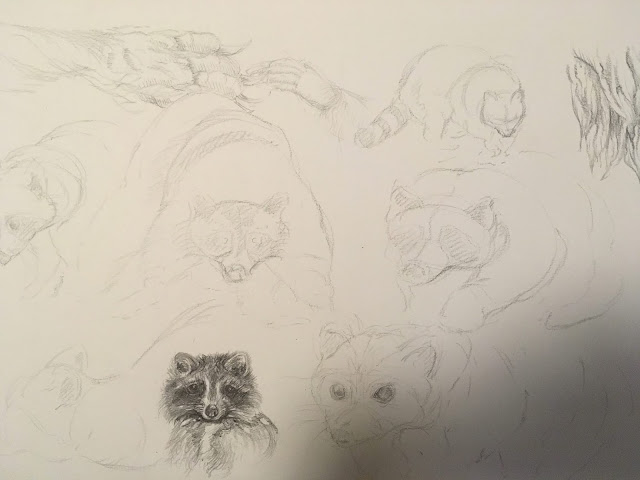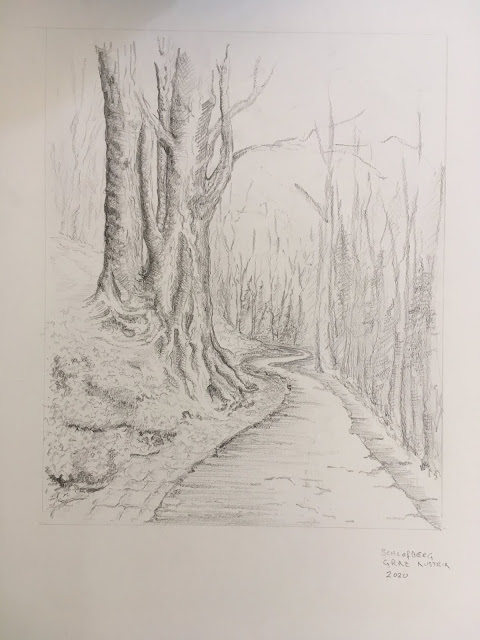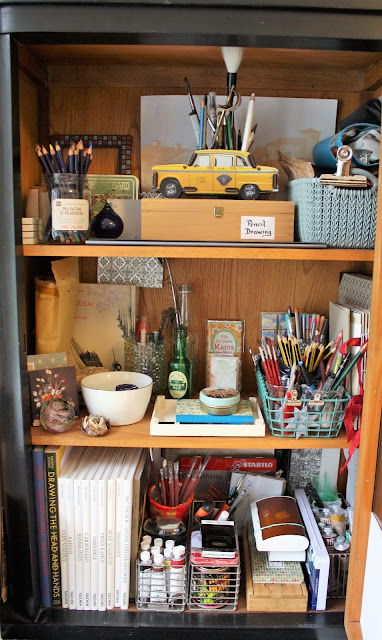Another round of Natural history Illustration- Why repetition is worth it
Checking accomplishments and certifications off of a list is highly gratifying. Moving on in terms of skill, ability, and knowledge even more so. But how can we move forward without also moving backward. How can we learn new things without loosing the ability to do the things we already learned?
At university I had a professor who spoke 10 languages, when asked by a student how he kept himself fluent in all of them, he replied that he read a chapter in each every morning. While not everyone has the time to devote to study so early in the day, the concept has stuck with me. Art, like language, is a skill that must be used to be retained. And I have found that regular practice, even at longer intervals, is integral to my ability to maintain my current level of skill. And of course, I want to more than maintain- I want to grow as well.
Three years ago I was primarily a landscape artist. I had also delved into the world of botanical illustration and was quite comfortable with pretty much any subject as long as it didn't move. But I was dissatisfied with my inability to draw or paint animals that looked alive.
A friend, Jana Grabner, recommended the online Natural history Illustration course from Newcastle University in Australia. I took it, sweating through the assignments and to my own disbelief coming to terms with proportions, movement and the final rendering of animals and birds. I drew a buffalo as the final project, a piece I am still proud of, and I recommended the course to everyone I knew.
As a self taught artist learning new techniques can be like reinventing the wheel; trial and error, over and over, and over again. Therefore a good online workshop is incredibly delightful. To follow directions rather that invent a way of solving artistic problems is a joy.
This particular course is available twice per year and I am now on my fifth time. The biannual final project gives me the opportunity to sit down and draw an animal from start to finish twice a year. This may not sound that impressive in print, but the reality of life, especially studio life, is that projects dictate schedule and large, time consuming, unnecessary projects are hard to add spontaneously. Animal illustrations fall into the later category. I would love to do two a month but I know I can't so I do two a year, and slowly my collection grows and my ability remains or even grows.
I am now about half way through the six week course and have just started in on the fun part. The actual field sketching practice. I, like so many other careful students, have decided to sketch from youtube and what a wealth of humorous racoon videos there is. I had no idea they were so smart, or sneaky, or generally thieving. I am up to three large pages of gesture sketches but before I brush up one of the pages fro submission I thought I would share some of the work up to this point.
For the object drawings I have done a few seashells. I am not aiming at perfection at this point, simply trying to make sure that the measurements are correct.
Here are a few of the gestures from my A3 Fabriano Sketchbook. I have done all of the homework in it (other than the final illustrations) over the last 3 courses and it is a wonderful collection of drawings at the moment.
A few close ups:
This page will eventually be the page I submit. I added a bit of fur to the bottom sketch just for and indication of fur growth patterns and direction.
And here is the Landscape I included. A path not far a way. I walked here a few times during the lockdown, enjoying nature and fresh air.
If you liked want to see a few other sketches in this sketchbook check out:
- Gladioli
- Natural History Sketchbook Tour
- Step by step fox pup illustration
To get posts as soon as they are published click on the subscribe button at the top of the page or Follow by clicking on the follow button.



























Comments
Post a Comment